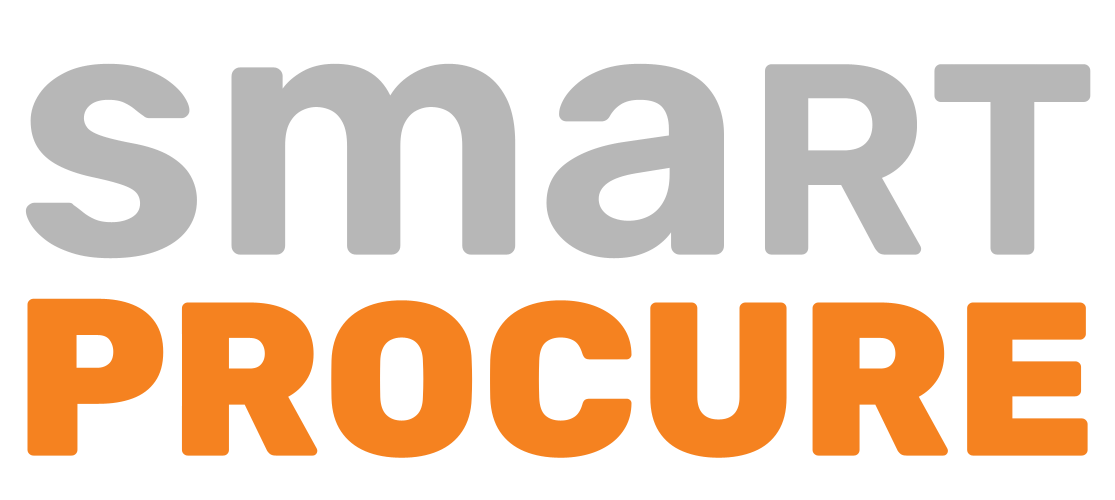Annual plans are roadmaps that businesses can move forward with. When creating annual plans, tips are all about bringing your business closer to the goal.
Creating an annual plan is a guiding light for businesses and organizations to find a way forward and make tactical decisions.
Annual plans are critical in order to progress and achieve objectives integrated. Most of the time, this time of year, is when people take the familiar wrong steps.
One of the biggest mistakes businesses or companies will make or will make is ignoring the values that come with their annual plans or seeing this as checkboxes that can be done mechanically and automatically. The annual plans are independent of the dimensions of the purchasing functions. However, it is a very important tool for success and it is not necessary for the planning process to be complex. These are plans that should also be considered.
Plan your future
SmartProcure helps you to determine your purchasing strategies.
If You Want Call First
Once you have done your plan in the best way possible, you should ensure that it is carried out and that you and your team are getting the word. You can use books and handouts that contain strategies followed by purchasing leaders to help you create your purchase plans. Such applications will help for quick wins. It is simple but has to be applied correctly. The 6 steps to working your annual plan right are:

1. What's in the Plan? Describe
Annual plans come in many forms. An annual plan provides sufficient guidance for each function to develop targets and strategies to align market entry resources to support procurement targets. You may have several goals that have fallen in the water.
You need to dive deeper into these areas and decide what commitments you want to make to each area. Below each area, you need to set a specific goal with relevant activities and metrics.
2. Create Collaborative Plans
Do not underestimate the work of a team. Know that the best plans are made with everyone in your organization. It’s important that everyone feels part of this process. This leads to two strong results. The first result will make everyone feel that they know what's going on. Achieving these goals will make it easier for employees and will enhance their determination. If this is not the case, the employees will feel forced into it. This will cause demotivation.
The second result: you could potentially benefit from having brilliant ideas. Being involved in the planning process will help you benefit from these ideas.
3. Make Simple Plans
A plan doesn't have to be complicated to be good. The annual plans of top companies often fit on one page.
Clarifying and condensing the annual plans around important issues will make it easier for people to adapt. It is also easier to see the compliance of efforts with the plan and easier to share, distribute and discuss. The annual plan becomes a decision-making tool that can be used by all.
4. Communicate
Annual plans mean nothing unless they're shared. In group meetings, do work for your team. The annual plan format or equivalent studies will thus become truly valuable. You can train, revitalize and motivate everyone for the plans you create.
5. Stick to Plan
You may have a great plan, but it will fail if you do not follow it or stick to it or do not carry it out. Check-in periodically to determine your progress, keep track of progress against your success measures, and check progress. It is quite easy to get stuck doing simple things throughout the day.
6. Be Flexible
Continuously changing purchase and procurement conditions needs to be set up with your plans. Nevertheless, attention should be paid to informing everyone in the organization and the business about new conditions and priorities regarding changes.
Annual plans, purchase orders, etc. (POs - Purchase Order) can be annoying. Process-oriented behavior can also be annoying. Ultimately, they all serve their purpose. Above all, our annual plans include: act as a feedback for vision and purpose.
